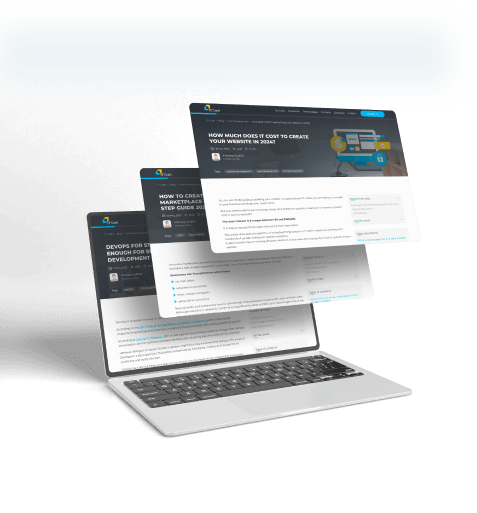Retailers looking to adjust space based on visitors’ ever-evolving habits should consider iBeacon technology.
Why?
iBeacon technology is a game changer for creating digital experiences inside a store. iBeacons—tiny, low-cost transmitters—trigger a relevant response in the visitor’s mobile app depending on proximity to a specific location in the store or a product displayed on a shelf.
Businesses using iBeacons for retail can inform visitors, promote best deals, or collect analytics. These include a welcome message, a personal discount, or a display of product characteristics—businesses can set and change goals flexibly, depending on their needs.
Check out the pros and cons before implementation begins.
Read how iBeacon software for retail elevates customer experience and what points must be reflected in the requirements list.
1
How do iBeacon Apps Make Tracking Retail Commerce Easier?
Many uses for iBeacons retail exist in several forms. The two main forms are proximity beacons and tags. Both types send signals to the local area and can be either attached to walls or products.
When attached to walls, iBeacons detect visitors inside stores. This helps businesses calculate how much and where exactly people spend their time.
When placed on products, iBeacon tags monitor visitor interactions with products on display:
- products visitors pick up
- length of time they hold products in their hands
- how visitors handle the products (iBeacons with gyroscope might be required)
- etc.
Analytics apps interpret the signals the iBeacon tags submit. This helps retailers draw insights into customer behavior.
iBeacon software for retail visualizes information via heatmaps. Collected analytics helps locate the best spots for ads or special offers.
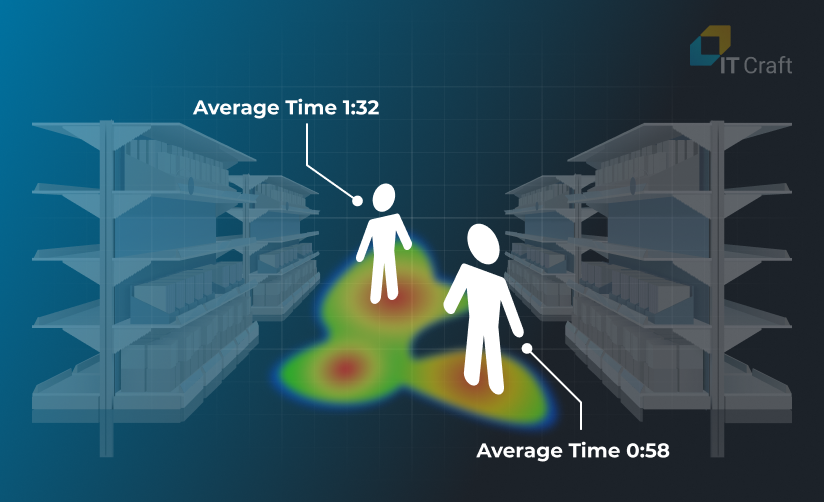
Business owners detect best- to worst-performing products as well as anomalies.
They can make informed decisions on product displays.
2
iBeacon Apps Development: Benefits for Retail Industry
The range of use cases is wide. So are the benefits, including:
- Personal, context-based marketing. iBeacons help precisely target visitors based on their interests, preferences, and/or habits. Businesses deliver personalized and relevant campaigns.
- Well-timed interactivity. iBeacons activate dynamic content when the software detects a specific reaction from a visitor. At a glance, apps display all benefits of an offer.
- Retargeting via loyalty programs. Returning customers receive coupons or discounts for products they want to purchase when most convenient for them.
- Faster checkout. Customers can save time by completing self-checkout with the help of iBeacon software for retail. They can pay for an item right when they decide to buy it—no waiting in line.
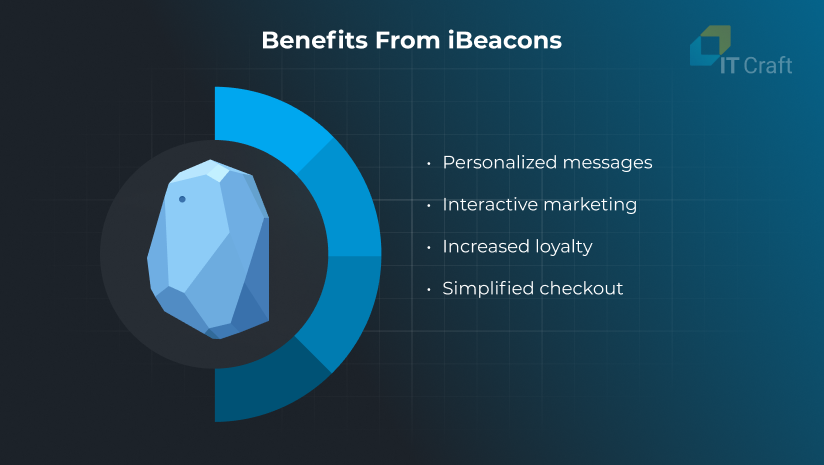
3
How Much Does It Cost to Develop an iBeacon App for Retail?
Costs to develop an iBeacon app for retail might vary from $30,000 to $300,000+.
Below is a breakdown of app development costs, depending on the desired range. It includes a mobile app for end users and a Web panel.
The latter allows to manage beacons and notifications, and watch statistics:

Expert-level iBeacons app development services are essential.
Why?
Every piece of iBeacon software needs close monitoring. Coding is required to integrate existing modules or develop missing ones. Also, engineers place and tune iBeacons adjusting them to envisaged business goals.
Expertise is needed to harmonize the entire system.
An important note. Remember to include additional expenses:
- iBeacons (proximity beacons or tags, or both)
- Subscriptions to ready-made, third-party services
- Servers for information storage
- Software updates
Do you have an iBeacon project in mind?
Let’s discuss your possibilities.
Contact us
4
Privacy Concerns
Although iBeacons do not track user information, software does.
Software processes and stores sensitive, location-related data.
Hence, a relevant privacy policy is the cornerstone of app success.
It is wise to base a tracking app on best practices addressing key end-user concerns:
- Be clear about your value proposition – users need to understand why the app collects personal information and what they receive in return.
- Provide a transparent privacy policy – explain clearly what information you need, how the app processes it, and how long it is stored.
- Ensure users can easily and quickly opt out anytime – provide the functionality to unsubscribe from services and delete information.
- Implement flexible privacy controls – help users customize data they want to receive or share, e.g., turn off notifications for a specific site.
- Do not overuse notifications – untimely messages annoy. Do research to figure out an optimum place and time for notifications.
Last but not least, opt for enhanced data encryption for data processing and storage. Eliminate privacy risks such as unlawful surveillance or unsolicited targeted ads.
5
The Future of iBeacon Apps
iBeacons remain the best tool for building contextual activities. Engineers can mount iBeacon devices easily and adjust them to requirements.
Therefore, iBeacons can become part of a sustainable future for businesses clear on their value proposition.
Also, according to the Global Beacon Market report, the Beacon market will grow to US$14 billion by 2027.
For instance, major retailers such as Walmart, Target, and NIS America have already launched pilot projects using iBeacons for tracking and promotions.
The key growth drivers include wide adoption of Bluetooth technology plus other near-field communication technologies such as Wi-Fi, NFC, and RFID and continuing tech advancement.
6
IT Craft’s Expertise
iCafe
This app streamlines the workflow of café owners. They can use an iPad to set up a menu and then process orders with a few taps. The system accepts several payment methods.
A special module helps businesses leverage proximity-based marketing. Owners send offers and discounts to customers’ smartphones with the help of iBeacons when customers approach their café.
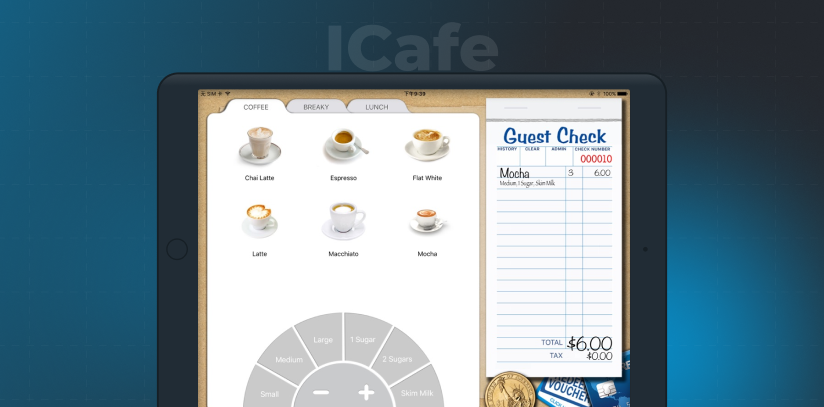
Our School Bus
This solution helps parents track the exact arrival time of a school bus. Parents can also track their children’s location.
The bus driver uses a dedicated app and iBeacons to scan student IDs. Then the app sends information to the server. Attendance details become available to the school administration.
Also, drivers can contact parents immediately, if needed.
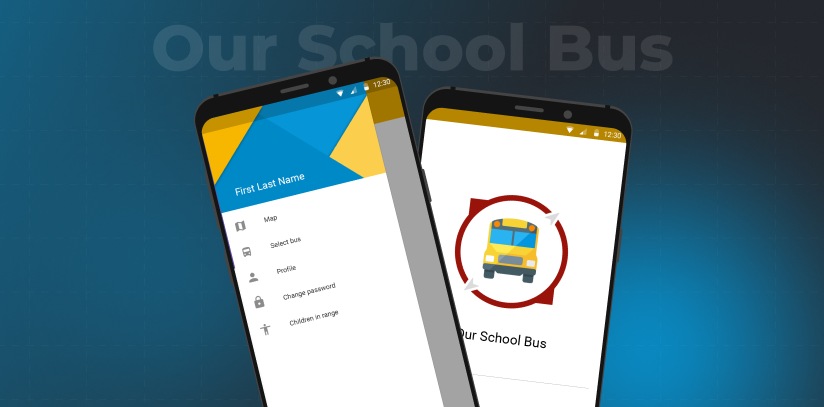
!
Conclusion
Visitors increasingly rely on their smartphones throughout their day.
Brick and mortar stores need to consider this fact and reconsider their sales strategy. They need new ways to capture and hold customer attention.
iBeacons help customers sitting on the fence to make their decision. They enable personalized offers, increasing customer loyalty.
Improved, data-driven marketing becomes possible. Analytics provided by iBeacons solutions boost space utilization.
Heatmaps help determine the right time and place for ads and promoted products.
One crucial detail remains. Expertise.
Working with a top-level development team saves time and money. Going this route eliminates security risks and broken deadlines.

